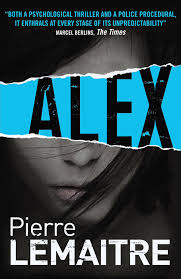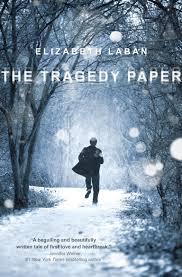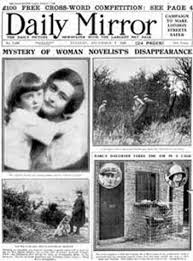Should books have guidance ratings?
After comments to a recent post I started thinking more seriously about this idea. This is a touchy subject as many have firm views on censorship and democracy in our freedom of choice in art. We continue to rate our films and electronic games, therefore shouldn’t we have guides on the content of a novel.
I know there have been times when I wish I were given a warning of content. I’m not a fan of graphic violence and particularly find rape scenes very disturbing. I have read many wonderful books that have scenes that make me put it back on the shelf; unfortunately once I have read it I can’t erase it from my mind.
I think this is why there is a growing trend in adults reading YA and the material becoming more explicit. A study last year found that 55% of YA (12-17 yr. old) fiction readers were over 18 and that 28% were aged 30 -44.
I read a YA novel where the 15 year old protagonist was a casual drug user and drank alcohol to excess with her friends, there were never any consequences to her actions and I would not be comfortable let my teen reading this. Was this content added because the publishers are aware of this growing shift in their YA audience?
Beth Yoke, executive director of the Young Adult Library Services Association, an offshoot of the American Library Association says”Books can be a safe way for young people to explore edgier, sensitive, or complicated topics, and they provide parents the opportunity to help their teens grow and understand these kinds of sensitive issues,” and. “ALA’s interpretation on any rating system for books is that it’s censorship.”
There is some merit to the associations comment, yet I feel that there is a difference in the quality of the vast amount of material on offer in the YA market. The book I mentioned above is popular fiction and in no way does it have literary merit exploring in-depth teenage issues with skill and talent.
Beside the contentious issue of censorship the obvious dilemma for a book rating system is practicality. Who would be responsible for this task? In films it is an independent body, which adheres to strict guidelines. The shear volume of books produced would make this impossible, so does the responsibility fall on the publishers or the individual for self –published novels. In the U.S there is a voluntary rating system available to the author, but most fear damage to sales if they add this. Shouldn’t information over profit be more important?
As you may have guessed I’d welcome a guideline that informs me if a novel contains, Drug use, offensive language, sex scenes etc.
The choice is still the consumers; it just empowers them to make a choice more suitable to their needs.












